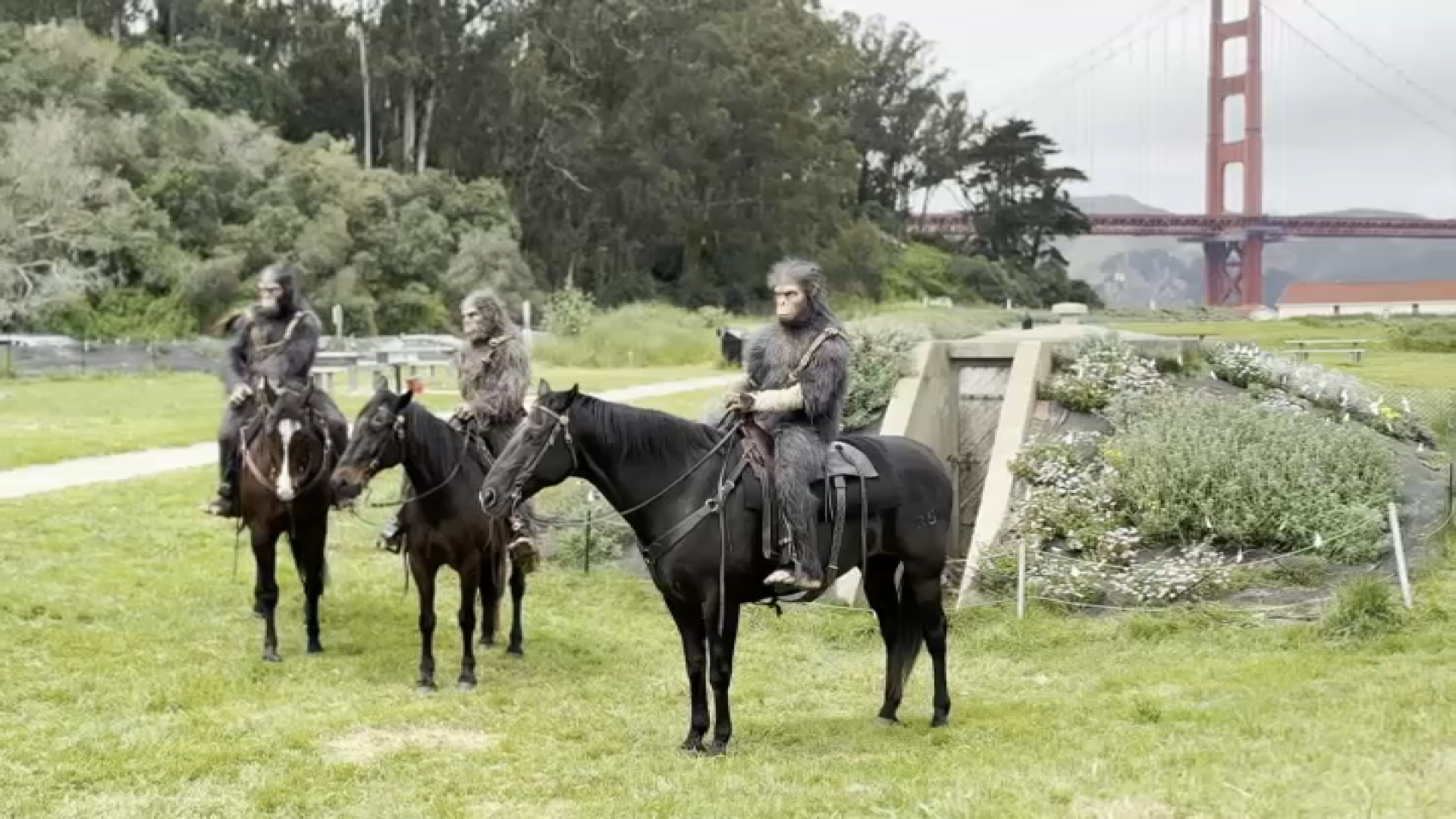Michael Peacher stared out at the sprawling Yosemite Valley, stretched out before him like a giant post card. Half Dome bathed in the early May morning sun. El Capitan sat stoically in the shifting shadows. But Peacher’s eyes were locked on Bridalveil Falls, roaring in the distance with a watery abandon.
“Since 2011 we haven’t had any water whatsoever,” said Peacher, an avid kayaker. “Just been a horrible drought for the past four years.”
California’s stifling drought got so bad Peacher moved to Washington where the rivers were full enough to kayak. But this winter, the rains returned to California and so did Peacher. No place was the return of rain and snow more dramatically evident than in Yosemite National Park, where its storied waterfalls were running again at full spigot — including smaller waterfalls re-emerging from a four-year hibernation.
“I’ve come to the park for three or four times a year,” Peacher said. “This is the first time in three years I’ve seen these falls and the valley having a substantial amount of water falling off of them.”
The cascading snow melt is putting on quite a show for an international cadre of visitors — who craned their necks and cameras in every direction to take in the park’s spectacular waterworks. In addition to the seemingly drought-resistant Bridalveil Falls and Yosemite Falls — they were treated to rare appearances by Staircase Falls, Royal Arches and Sentinel Falls.
“We’re seeing some great waterfalls,” said National Parks ranger Scott Gediman. ”A lot of these falls I haven’t seen flow for five years and they’re going — and they’re going great.”
James and Gwen Crockett visited the park from their home in Arizona last year when the drought had choked off much of the area’s snowpack and waterfalls. Gwen Crockett recalled an exasperated group of Swedish tourists coming to her, perplexed at the absence of falls.
Local
“They stopped us,” Crockett said, imitating the tourist’s desperate flailing hand gestures, “and said where?”
The Crocketts themselves felt the pangs of disappointment of witnessing such a dry scene. So they returned this week for another try. This time around, the park’s granite cliffs were alive with melting snow.
“I’ve been to Yosemite several times,” James Crockett said. “It’s never looked as good as it does now.”
Gediman said this winter’s more extensive snow pack meant the waterfalls would flow with more gusto and later into the season. While the winter rainfall didn’t end the state’s water woes, it did help.
“A lot of good snow,” Gediman said, glancing up at patches of lingering snow sitting on the mountain caps. “That snow is up in the high country and now with the warmer weather it’s bringing in the waterfalls.”
In turn, the waterfalls were also bringing in a flood of visitors. Even on a week day, parking lots in Yosemite Valley were full as throngs of visitors gathered at the base of lower Yosemite Falls, snapping photos beneath a blanket of flowing mist. Gediman advised people to aim their visits during the week and to avoid peak afternoon hours. He said weekends in Spring and Summer often resulted in long lines of traffic outside the park’s gates.
“There’s been a lot of reasons people have come to the park,” Gediman said, citing the National Park’s centennial, “but that’s actually resulted in the park being very busy.”
Peacher peeled himself away from the picturesque views, shepherding a group of fellow kayakers toward their van to set-out on a river expedition. He cast one last glance at the vista before heading off to enjoy the bounty of the wet winter.
“It’s like your average snowpack in the Sierra,” Peacher said. “It’s nice to have our state back again.”



